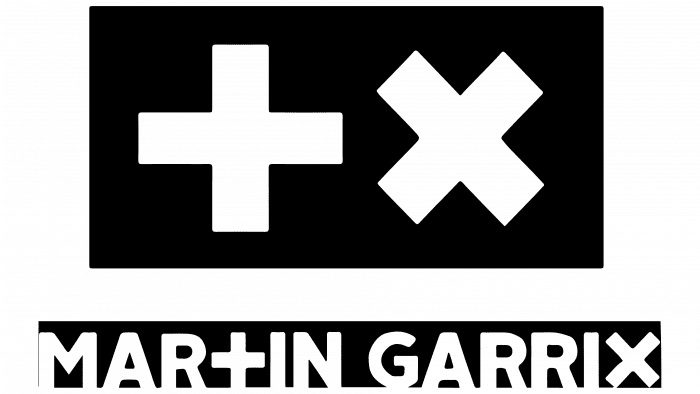The Scorpions logo conveys the “stinging” nature of the music performed by the iconic band. In their work, they address topical themes – from protest to love, from spirituality to politics. While the musicians skillfully illuminate all aspects of life, their emblem remains one of the main symbols of the hard rock scene.
Scorpions: Brand overview
The band Scorpions, which emerged in 1965 in the heart of Hannover, has firmly entered the annals of rock music. With 19 studio albums and 110 million records sold worldwide, the Scorpions remain one of rock’s best-selling bands. Led by guitarist Rudolf Schenker, the Scorpions have grown into a powerful rock band.
Early in their musical journey, the Scorpions utilized a combination of psychedelic and hard rock, which was evident in their debut album “Lonesome Crow” in 1972. However, their breakthrough came in the late ’70s and early ’80s with the albums “Lovedrive,” “Blackout,” and “Love at First Sting.” These works solidified the Scorpions’ position in rock lore and elevated them to one of history’s most revered rock bands.
The Scorpions’ incendiary stage performances and the iconic guitar parts of Rudolf Schenker and Matthias Jabs fueled their rise to fame. From the energetic “Rock You Like a Hurricane” to the heartbreaking “Wind of Change,” their chart-topping 80s and 90s hits have entered rock music as timeless anthems.
Despite the band’s lineup fluctuations since its inception, Rudolf Schenker has remained a constant force guiding their musical path. The uneven relationship between the Schenker brothers, Michael and Rudolf, led to Michael’s departure from the band. Uli Jon Roth and Klaus Meine also left the band at different periods, but Klaus became a permanent vocalist once again. His powerful vocals and songwriting skills contributed greatly to the band’s triumph.
Throughout their illustrious career, the Scorpions weathered many storms, such as rock music’s transition period and grunge’s rise in the 90s. Nevertheless, their legacy has transcended generations and spurred the emergence of many young musicians. Today, their music resonates with rock music fans worldwide who celebrate their enduring contribution to the genre.
Thus, the Scorpions have had an invaluable impact on rock music and continue to be recognized for their significant contributions. Their tenacity, defiant spirit, and timeless music have inscribed their name in rock music history as one of the most influential bands. The story of the band Scorpions is an inspiring testament to the powerful combination of relentless determination and exceptional music.
Meaning and History
Scorpions founder Rudolf Schenker, in his youth, dreamt of becoming a soccer player, as he found playing the guitar too difficult. However, he aspired to become a rock star after encountering musical legends like The Kinks, The Rolling Stones, and The Beatles. In 1965, Schenker formed a band that was long known as Nameless. The guitarist struggled to come up with a suitable name, eventually settling on “Scorpions” – an excellent choice for heavy metal performers, maintaining an aura of intrigue and danger around themselves.
This name was retained in 1973 when the core lineup was replaced with members of Dawn Road. The “stinging” word became the foundation of the iconic logo, where each letter resembles a small scorpion with a curled tail. The famous emblem first appeared on the cover of the album In Trance in 1975 and has since continuously accompanied the band’s creative work.
What is Scorpions?
Formed in Hanover in 1965 by guitarist Rudolf Schenker, the Scorpions are one of the most successful rock bands in music history. This German band is known for its powerful anthems and timeless rock ballads that have transcended borders and generations.
The band’s journey began with Schenker’s vision, with his desire to create music that would resonate deeply with listeners. Over time, the band’s lineup has undergone various changes, but it has remained constant, creating quality music. The band gained worldwide recognition with their 1982 album “Blackout” and other chart-topping records such as “Love at First Sting.” Their music has captivated millions of fans around the world, influencing and shaping rock music for over half a century.
1972 – 1975
The debut album Lonesome Crow (1972) featured the elegant inscription “SCORPIONS” with thin capital letters. The emblem had more of a gothic romanticism than rebellious heavy metal, as the young band was just beginning to form its artistic style. Nevertheless, even then, the ends of the glyphs had sharp serifs akin to needles. They created a sense of danger, as they were associated with the poisonous sting of a scorpion. This same logo was used on the cover of the second studio compilation – Fly to the Rainbow (1974).
1975 – today
German band Scorpions uses a black logo with easily recognizable letters. The shape of the letters in this retrofuturistic design actually mimics the outline of a scorpion: the curved tips resemble an upward sting, while the thick bottom part resembles large claws. This design was the basis for the Lady Starlight typeface developed by Typodermic Fonts.
The Scorpions logo resembles a small jigsaw puzzle that merges the band name and the scorpion shape. It’s a great way to show the band’s personality right in its name. The black color makes the logo look strong, and the lack of unnecessary lines and squiggles makes it simple and neat.
Font and Colors
In the famous Scorpions logo, there is not a single standard letter: each of them looks like the result of painstaking work by artists creating figures in a futurism style. The unique combination of thin curved strokes and massive elements transforms a simple inscription into a cluster of venomous arthropods. This individual set of glyphs became the basis for the band’s unofficial font – Lady Starlight by Typodermic Fonts.
The black color of the emblem corresponds to the somber mood of the songs performed by the musicians. It contains a clear contradiction: black is associated with evil and mystique, but at the same time, it is often used as a symbol of elegance, luxury, and severity.






